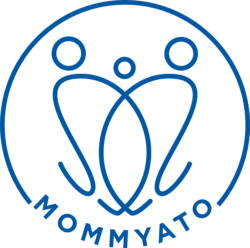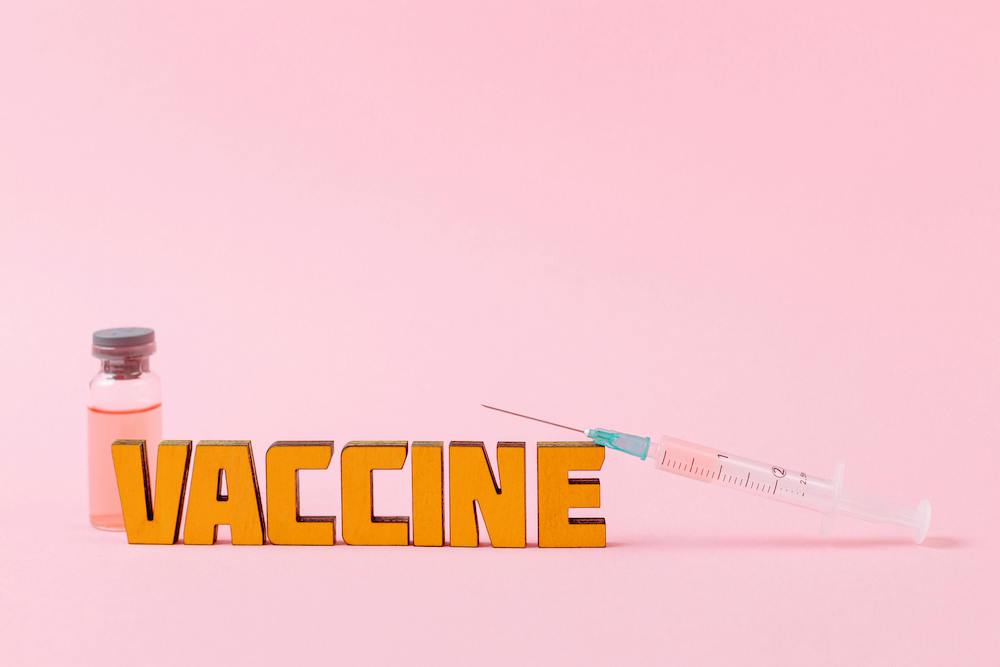Posted at 12:57h
in
Diet,
Food Safety
For children under 5 years old, avoid serving raw, undercooked, and unpasteurized foods.
At 6 months old, most babies are developmentally ready to start supplementing their human milk or formula diet with baby foods. One of the biggest concerns when starting babies on solids is preventing...
Human milk and infant formula have different “use by” and storage methods. Know the steps to safe preparation for your baby!
Whether you’re feeding breastmilk or formula to your little one, it’s important to follow safe cleaning and storing procedures. These basic food safety procedures will help prevent bacterial growth and illness in your infant.
The typical side effects of vaccines are far less serious than the potential complications of the disease for which you are vaccinating.
Immunizations (vaccines) are an important part of your baby’s healthcare. Vaccines prevent illness from the infection of germs (certain bacteria and viruses). These diseases are often serious, even fatal, without the protection of vaccines. Vaccines not only protect those who get them but also prevent the spread of disease in the community when everyone follows the recommended vaccine schedule.
Posted at 10:05h
in
Breastfeeding
August celebrates World Breastfeeding Week. Feeding your baby breastmilk, whether it is pumped or direct from your breast, is one of the many joys of motherhood. But, it often takes a little practice, as well as knowledge, to avoid trouble with common problems like clogged milk ducts. Let’s review 5 simple tips to prevent clogged milk ducts and ensure you and baby’s breastfeeding journey is without unnecessary obstacles!
Posted at 09:36h
in
Breastfeeding
Trying different breastfeeding positions can help resolve nipple pain, difficulties with latch, and promote more complete emptying of milk from the breast.
Last week was World Breastfeeding Week (August 1-7) with the World Alliance for Breastfeeding Action and a great time to review the top five breastfeeding positions for new and seasoned mothers. Each position has its strengths. So, whether you have large or small breasts or nipples, term or preterm baby, c section or vaginal birth, there is a position that is comfortable for you and your baby!
One of the most impactful places to promote and support breastfeeding, and therefore the health of mother and baby, is the mother’s workplace.
August 1st - August 7th is World Breastfeeding Week with the World Alliance for Breastfeeding Action. It’s well known that breastmilk is the preferred sustenance for babies. The research shows that its antiviral and antibacterial qualities help prevent and reduce the severity of illness and infections in infants, such as diarrhea, ear, respiratory and urinary infections. Breastfed babies also have less healthcare visits, prescriptions and hospitalizations!¹
Posted at 13:07h
in
Hepatitis B
9 out of 10 pregnant women with acute Hepatitis B infections pass the infection on to their babies.¹
In many regions of the world, viral Hepatitis infections are common. Some people become sick from the infection while others do not. Without screening, many people do not know if they carry the infection or are passing it to their families and communities. This is why July 28th is celebrated as World Hepatitis Day; a chance to bring awareness to the disease, its prevention and treatment.
Posted at 10:57h
in
Medical Concerns
Mothers who test positive for GBS and receive antibiotics during labor have a 1 in 4000 chance of a baby with GBS disease. Mothers who test positive for GBS and don’t receive antibiotics during labor have a 1 in 200 chance of a baby with GBS disease.²
July is Group B Strep (GBS) Awareness month; a good time to shed a little light on what it is and how to reduce the risk of GBS affecting your newborn.
It’s your first summer with the new baby and you may be wondering about the latest guidance on sun protection for newborns.
The American Academy of Pediatrics (AAP) and American Academy of Dermatology (AAD) recommend keeping babies 6 months old or younger out of direct sunlight. When adequate shade or clothing isn’t possible, applying a small amount of mineral based sunscreen (containing titanium dioxide or zinc oxide) on exposed skin is okay.
Posted at 10:22h
in
Cord Blood
Years ago, the medical community didn’t know the value of a newborn baby’s umbilical cord blood. It was thrown away with the placenta after birth. Now, we know the potential life saving benefits of umbilical cord blood; for use by the person it comes from, family members, and the general public.













